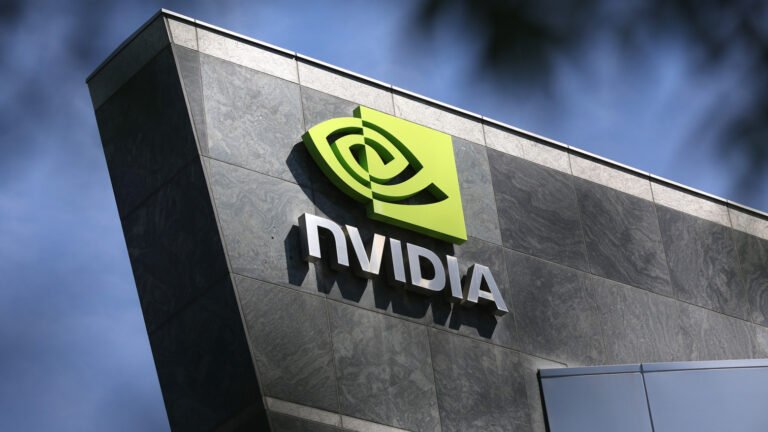In a bold vision for the future, Nvidia’s CEO Jensen Huang announced that robotics and autonomous vehicles will drive the next era of innovation. Huang emphasized that Nvidia‘s focus on AI, deep learning, and robotics will shape how machines perceive, interact with the world, and perform tasks. With AI being the backbone of technological advancements, Nvidia’s integrated approach, which includes AI supercomputers and autonomous platforms, positions the company as a leader in these transformative fields.
Nvidia’s Robotics Vision
Nvidia is transitioning from being a graphics processing unit (GPU) leader to becoming a pioneer in AI-powered robotics. AI in robotics allows machines to perceive their surroundings, make decisions, and adapt to changes. With Project Digits, Nvidia is scaling AI robots capable of handling various tasks autonomously. The company’s powerful AI supercomputers enable robots to process massive data quickly, enhancing productivity across industries like healthcare, logistics, and manufacturing.
Autonomous Vehicles: A New Frontier
Autonomous vehicles are another area where Nvidia is leading innovation. Through its Drive Platform, Nvidia is providing the brains for self-driving cars, using AI, machine learning, and real-time data to enable vehicles to operate independently. These AI-powered systems help cars identify objects, understand road conditions, and make decisions, pushing the boundaries of autonomous mobility.
Nvidia’s autonomous vehicle investments extend beyond passenger cars. The company is also developing self-driving trucks, which could revolutionize logistics by improving delivery times, reducing operational costs, and minimizing human error.
The Role of AI Supercomputers
Central to Nvidia’s success in both robotics and autonomous vehicles are its AI supercomputers. These powerful systems handle the vast computational needs of real-time AI model training and deployment. They allow for hyperautomation, where robots and self-driving cars can multitask with precision, ultimately advancing the capabilities of both technologies. Nvidia’s AI supercomputers are not only critical for robotics and autonomous vehicles but also benefit other sectors such as healthcare, energy, and environmental sustainability.
Consumer Electronics and AI Integration
As robotics and autonomous vehicles become more integrated into daily life, AI-powered solutions will shape the future of consumer electronics. Personal assistants, automated home devices, and speech recognition for cars are just the beginning. Nvidia is at the forefront of these innovations, providing the infrastructure and tools needed to support the next generation of AI-powered products.
The rise of autonomous vehicles will further drive the demand for smart interactions between drivers and cars, such as voice-activated commands, route optimization, and enhanced safety features. Nvidia’s Drive Platform is positioning the company as a key player in this emerging field.
Expanding Opportunities for Startups
Nvidia’s advancements in robotics and autonomous vehicles are paving the way for startups and developers to explore new opportunities. With Nvidia’s AI platforms, tools, and infrastructure, innovators can create the next wave of AI-driven solutions in sectors ranging from transportation to consumer electronics.
Conclusion
Nvidia’s strategic focus on robotics and autonomous vehicles underscores the company’s commitment to leading the AI revolution. With its AI supercomputers, robotic systems, and autonomous vehicle technologies, Nvidia is poised to dominate two of the most exciting and impactful tech sectors. As Project Digits and AI-powered agents evolve, Nvidia will be at the core of transformative changes in industries such as transportation, manufacturing, and healthcare. The future of AI-driven innovation looks bright, and Nvidia is set to play a key role in shaping it.
